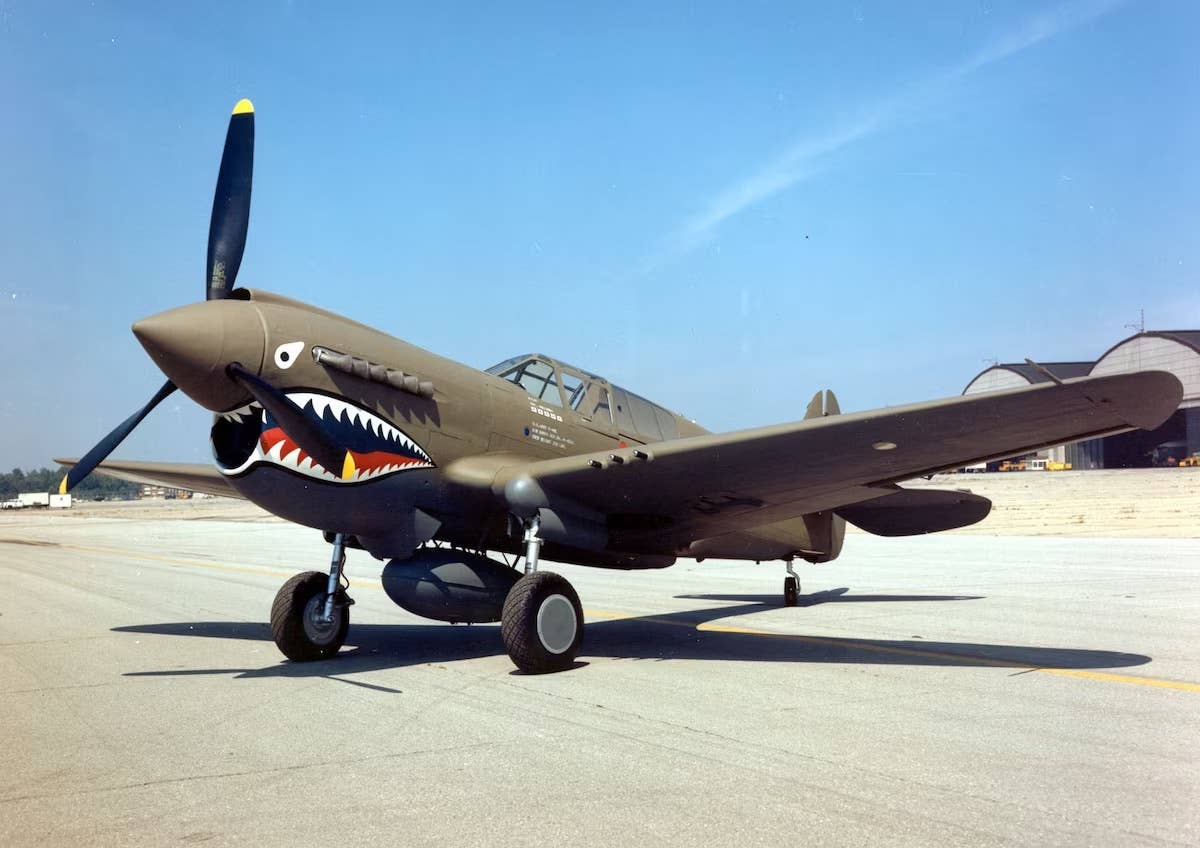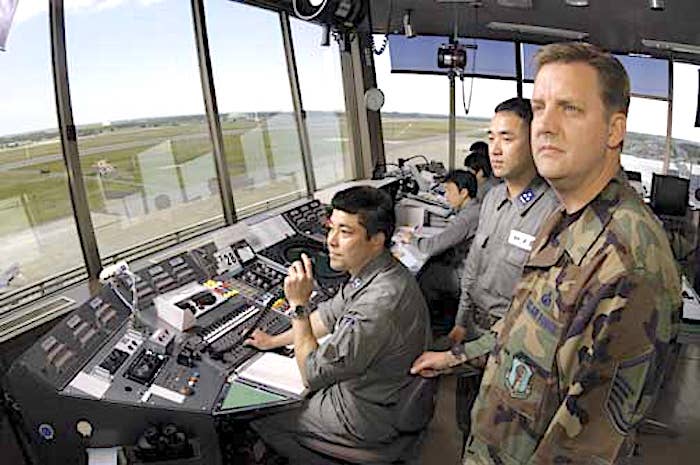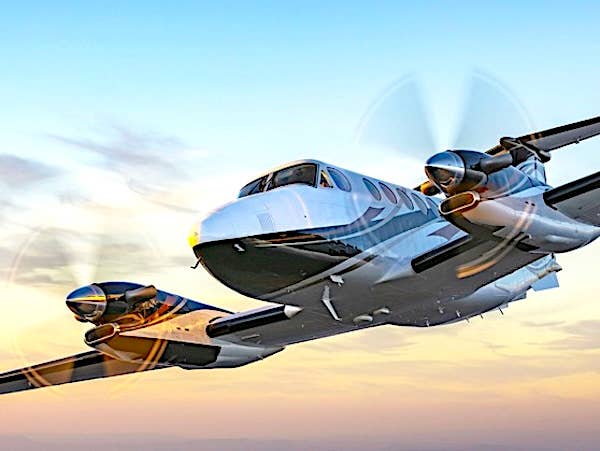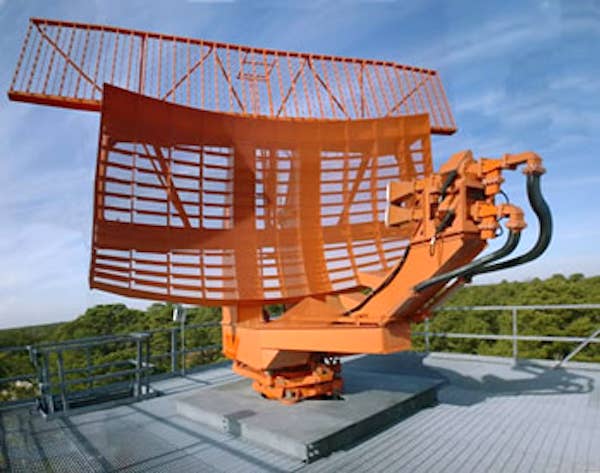Short Final: Numbers Game
During the early days of World War II in the Pacific, the Curtiss P-40 served heroically well, despite its shortcomings against the Japanese Mitsubishi Zero, which was more maneuverable in…

During the early days of World War II in the Pacific, the Curtiss P-40 served heroically well, despite its shortcomings against the Japanese Mitsubishi Zero, which was more maneuverable in a dogfight. As the story goes: After one harrowing mission, a P-40 pilot returned to base. After stowing his flight gear, he ran into a war correspondent in the bar. Seeing his wings, the correspondent asked him what model aircraft he flew. He told him it was "a P-400." “I’ve never heard of that model,” the correspondent said, “What’s a P-400?”
“It's a P-40 with a Zero on its tail.”
Related Stories






